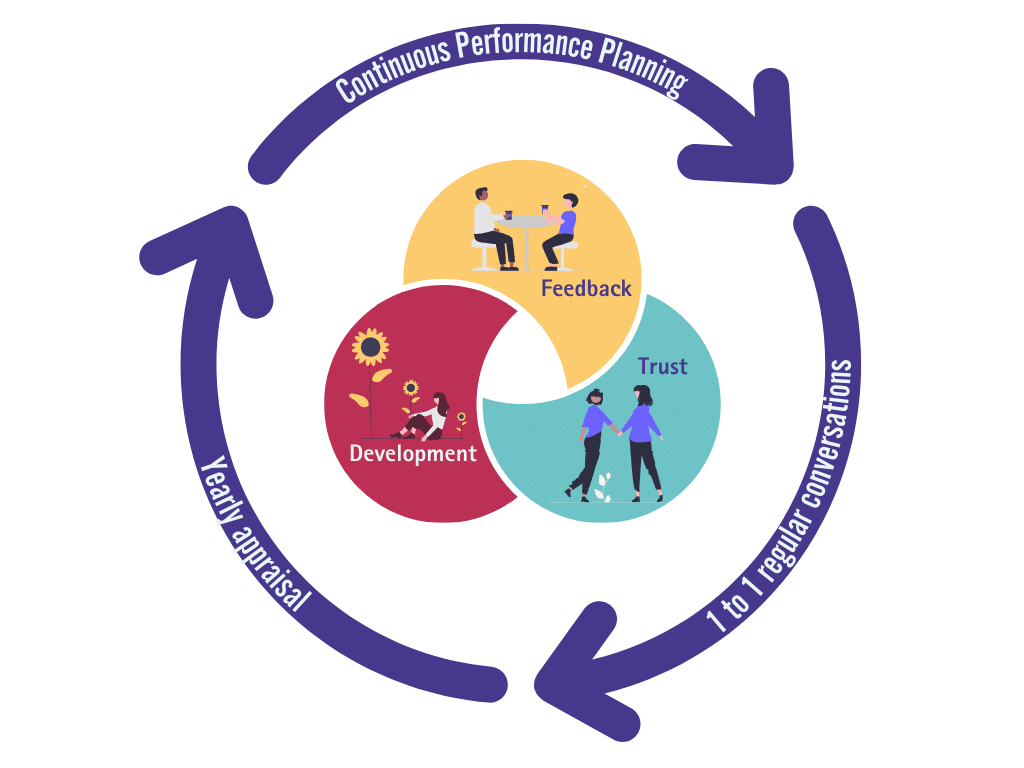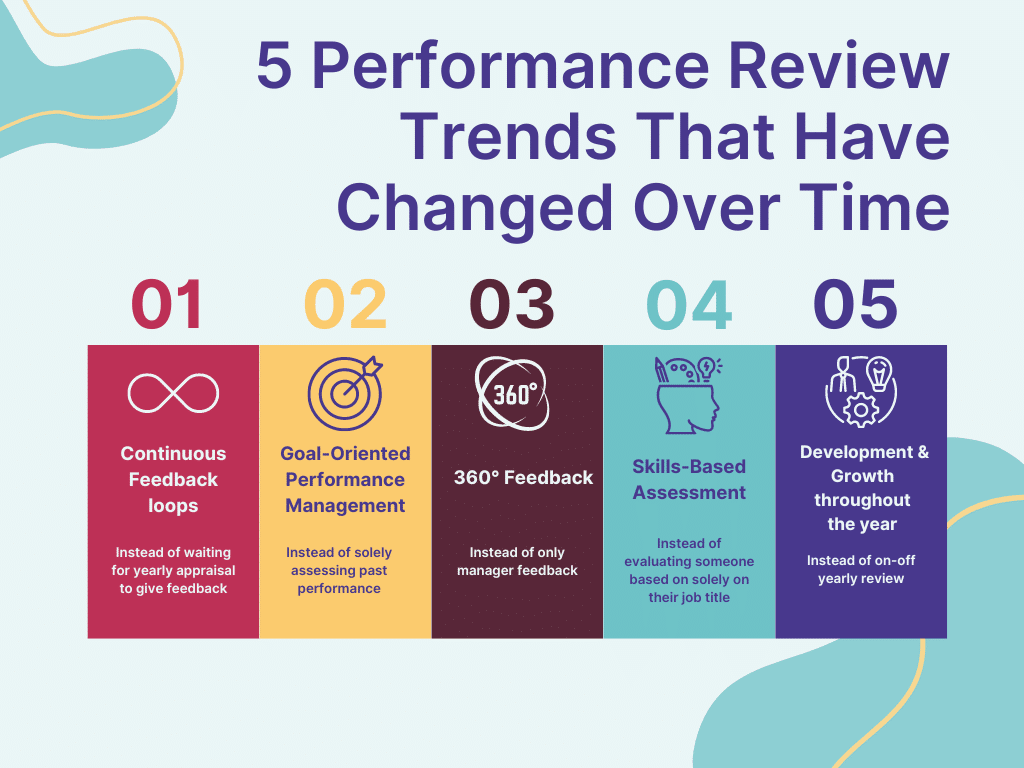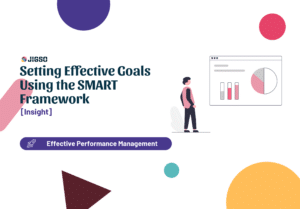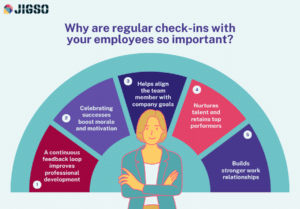The Modern Approach to Evaluating Employee Performance
Performance reviews have long been a cornerstone of employee management, offering a structured way for managers to assess their team members’ contributions, set goals, and provide feedback. However, traditional performance reviews have often been criticized for their lack of effectiveness, bureaucratic nature, and tendency to cause anxiety among employees. Today organizations are reimagining performance reviews to better meet the needs of both employees and employers.
Let’s explore some modern approaches to evaluating employee performance that are reshaping the way we think about feedback and development in the workplace.
1. Continuous Feedback Loops
One of the most significant shifts in performance management is the move towards continuous feedback loops. Rather than waiting for an annual or biannual review, employees and managers engage in ongoing conversations about performance, goals, and development opportunities. This real-time feedback allows for more immediate course corrections, fosters open communication, and empowers employees to take ownership of their growth.
Tools such as performance management software and mobile apps like JiGSO, facilitate this continuous feedback process, enabling employees to request feedback from peers and supervisors, track progress on goals, and document accomplishments throughout the year. By making feedback a regular part of the workflow, organizations can create a culture of transparency, accountability, and growth.

2. Goal-Oriented Performance Management
Another modern approach to performance evaluation is a focus on goal-oriented performance management. Rather than solely assessing past performance, managers work with employees to set clear, measurable goals aligned with the organization’s objectives. These goals serve as a roadmap for success, providing employees with a sense of purpose and direction in their work.
Regular check-ins allow managers and employees to monitor progress towards these goals, identify any obstacles or challenges, and make adjustments as needed. By tying performance evaluations directly to goal achievement, organizations ensure that employees’ efforts are aligned with strategic priorities, driving overall business success.
3. Peer and 360-Degree Feedback
In addition to feedback from managers, many organizations are incorporating peer and 360-degree feedback into their performance review processes. This multisource feedback provides employees with a more comprehensive view of their performance, drawing on insights from colleagues, managers, and direct reports.
Peer feedback can offer valuable perspectives on collaboration, communication, and teamwork, highlighting areas of strength and opportunities for improvement. Similarly, 360-degree feedback allows employees to receive input from a variety of sources, providing a more holistic assessment of their skills and capabilities.
4. Skills-Based Assessments
There is a growing focus on skills-based assessments in performance reviews. Rather than evaluating employees based solely on their job title or position, organizations are focusing on the specific skills and competencies required for success in a given role.
Skills assessments may include technical skills, soft skills, and leadership capabilities, allowing managers to identify areas where employees excel and areas where additional development may be needed. By aligning performance evaluations with skill development initiatives, organizations can ensure that employees are equipped to meet their goals.
5. Emphasis on Development and Growth
Finally, modern performance reviews place a greater emphasis on employee development and growth. Rather than viewing performance evaluations as a one-time event, organizations see them as an opportunity to support employees in reaching their full potential.
Managers work collaboratively with employees to create personalized development plans, identifying opportunities for training, mentoring, and skill-building. By investing in employee growth, organizations not only enhance individual performance but also cultivate a workforce that is adaptable, resilient, and prepared to tackle future challenges.

Conclusion
Performance reviews are undergoing a transformation, with organizations embracing modern approaches to evaluating employee performance. By shifting towards continuous feedback loops, goal-oriented performance management, peer and 360-degree feedback, skills-based assessments, and a focus on development and growth, organizations can create a more agile, engaged, and high-performing workforce. As the workplace continues to evolve, so too must our approach to performance management, ensuring that employees have the support and resources they need to thrive in an ever-changing world.



